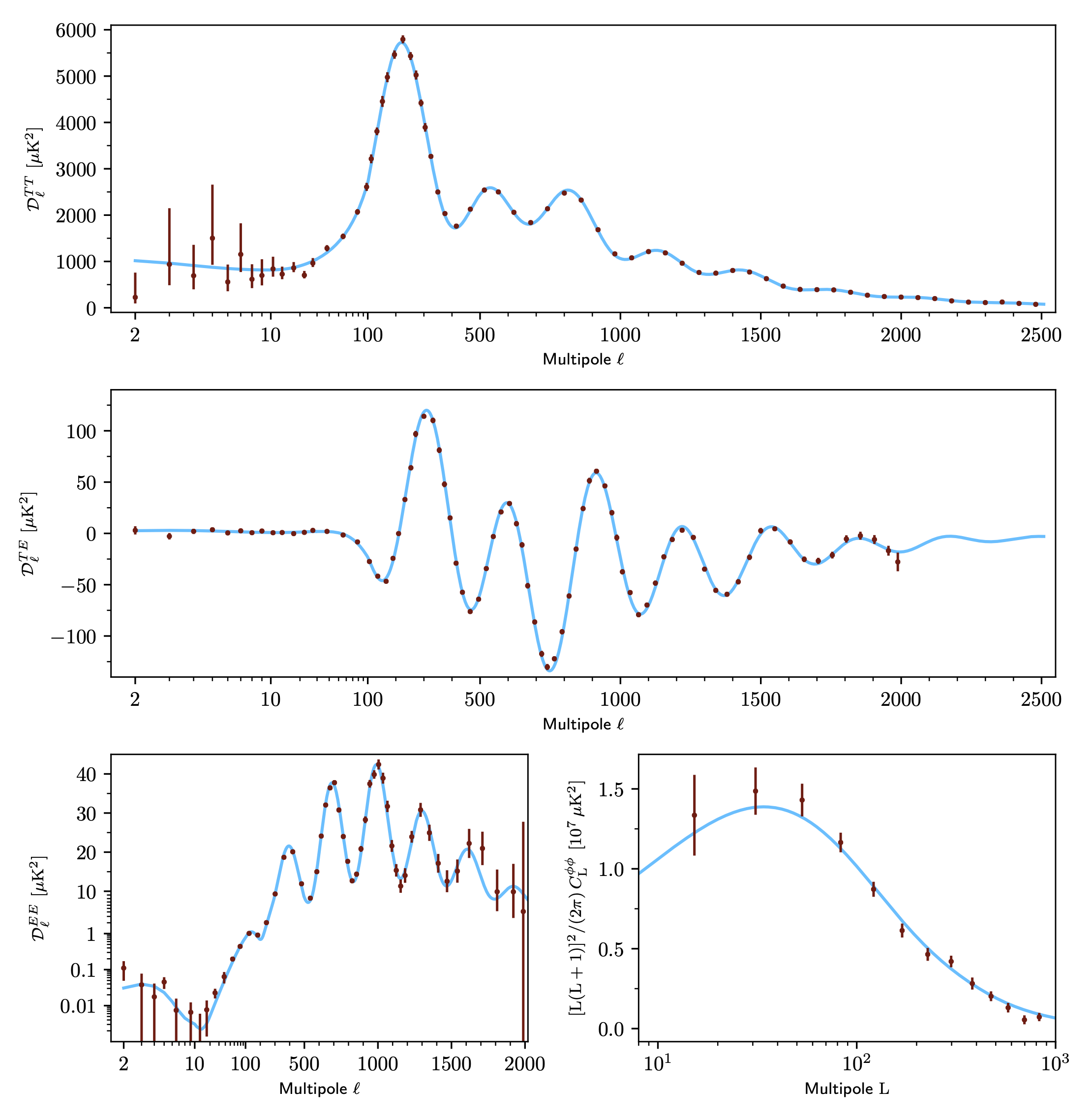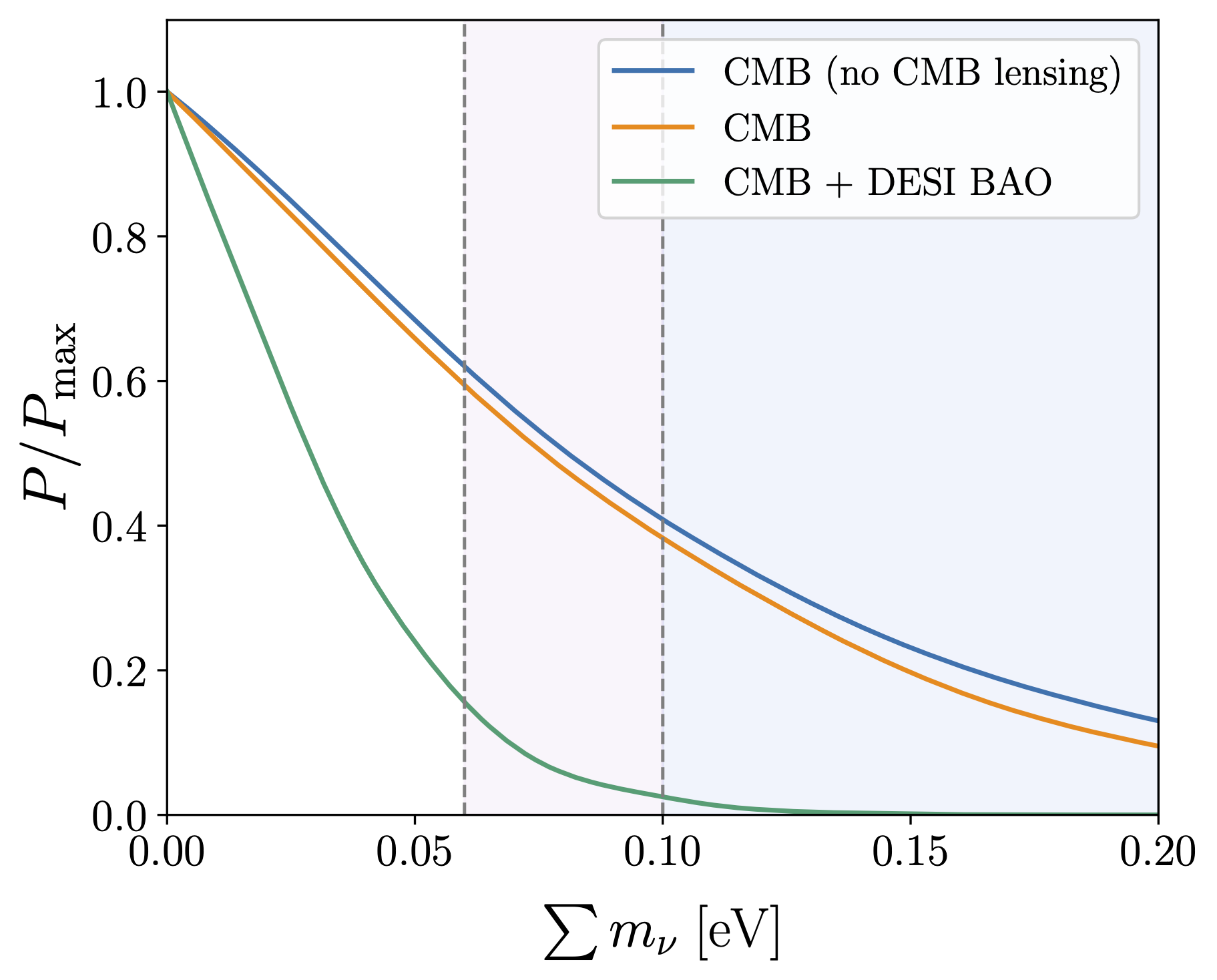Cosmology with SPT-3G
Cail Daley
CosmoStat, CEA Paris-Saclay
Séminaire postdoc du DAp
March 11, 2025


Outline
Cosmology with the Cosmic Microwave Background (CMB)
The South Pole Telescope (SPT) and the SPT-3G camera
Recent and upcoming 2019+2020 SPT-3G results
Cross-correlations with Euclid
Cosmology with the CMB
most distant observable electromagnetic radiation \(\implies\) early-Universe physics
illuminates the Universe’s evolution: reionization, structure growth, astrophysics..
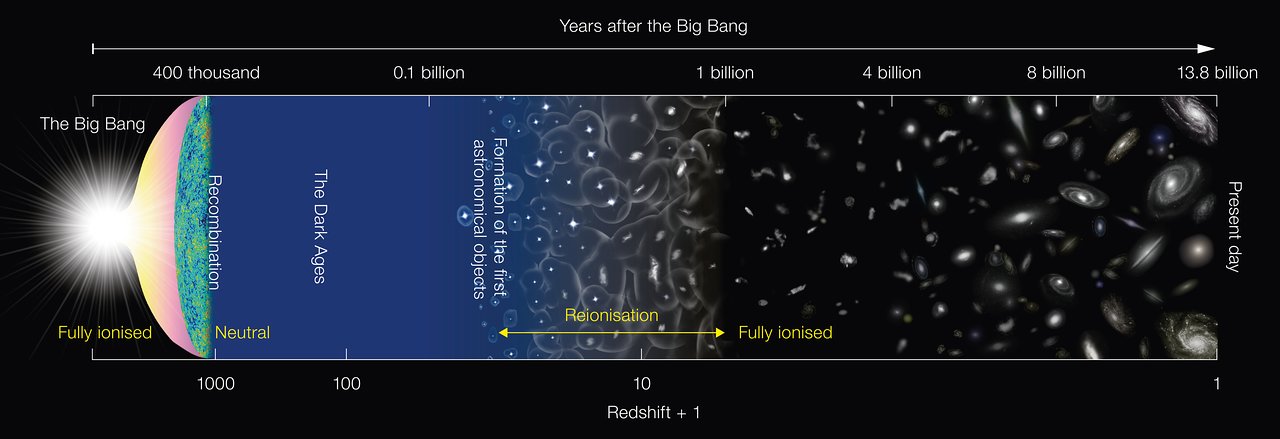
NAOJ
Cosmology with the CMB
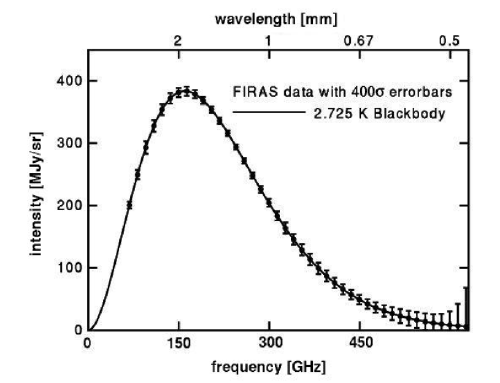
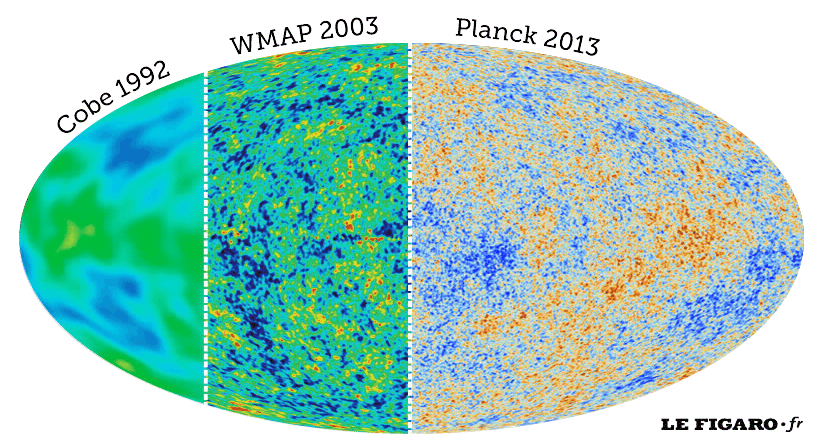
Turner (2022): The Road to Precision Cosmology
\(\Lambda\)CDM Concordance
six-parameter model predicts a wide range of cosmic observables:
\(\Lambda\)CDM Phenomenology
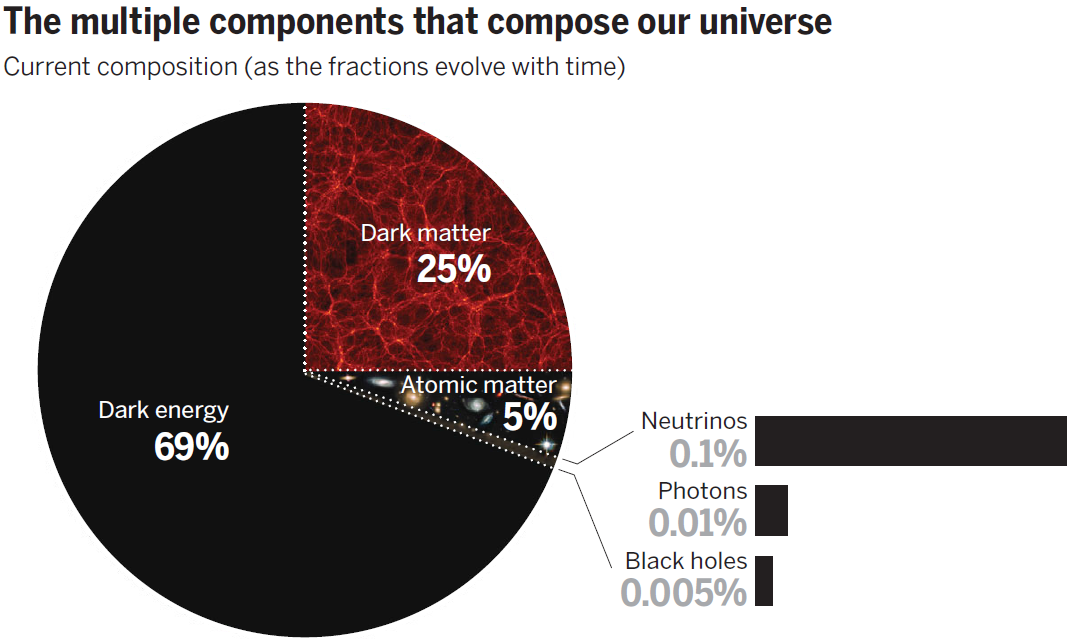
but we don’t much about \(\Lambda\) or CDM!
\(\Lambda\)CDM Cracks
- Tensions between early- and late-time measurements of \(H_0\) and \(S_8\):
- Low neutrino masses?
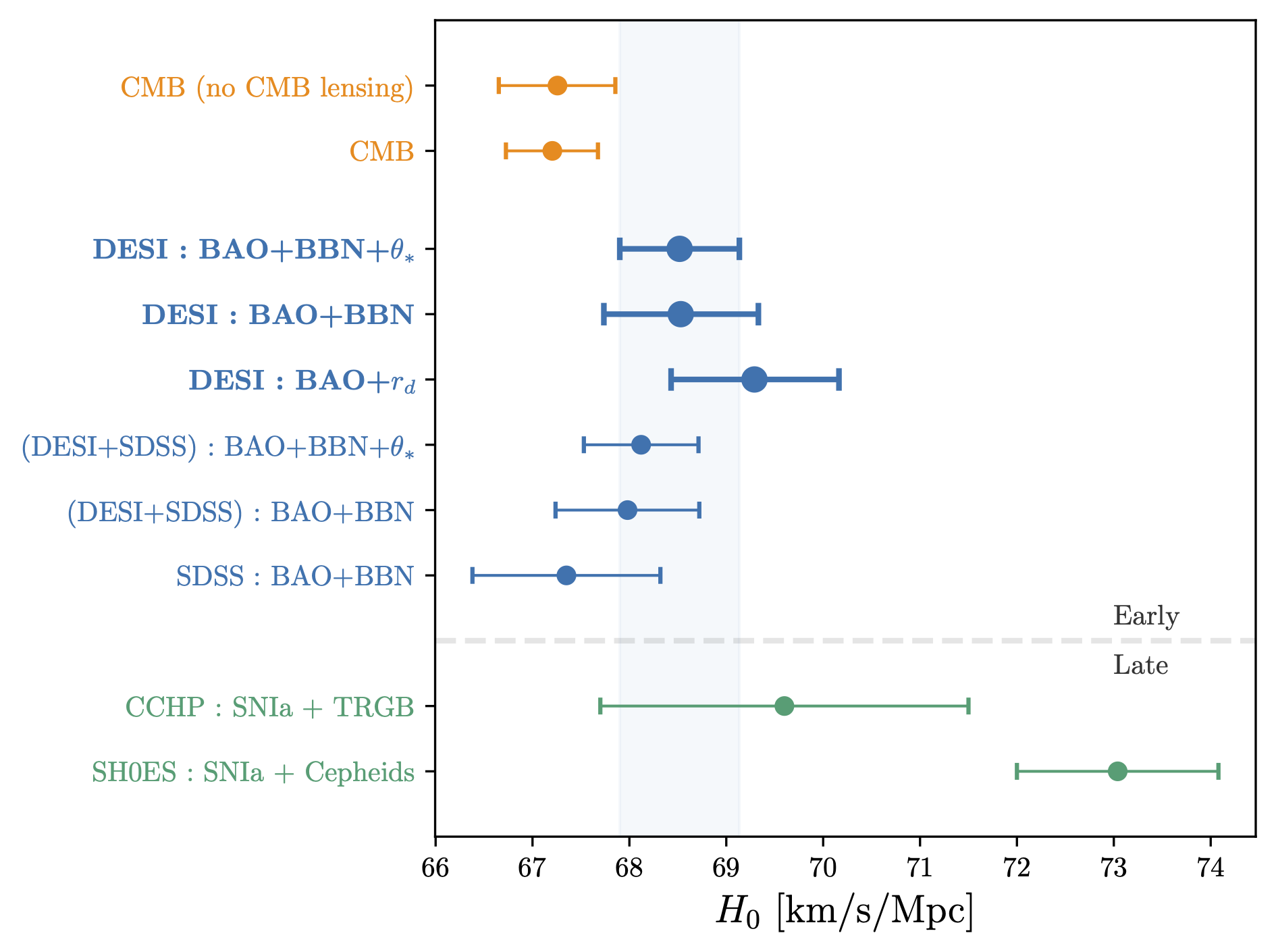
The CMB Beyond Planck
Planck is noise-variance-limited beyond:
- \(\ell > 1800\) in TT, \(\ell > 1100\) in TE;
- everywhere in EE and lensing (\(\phi\phi\)).

SPT BICEP/Keck
Aman Chokshi
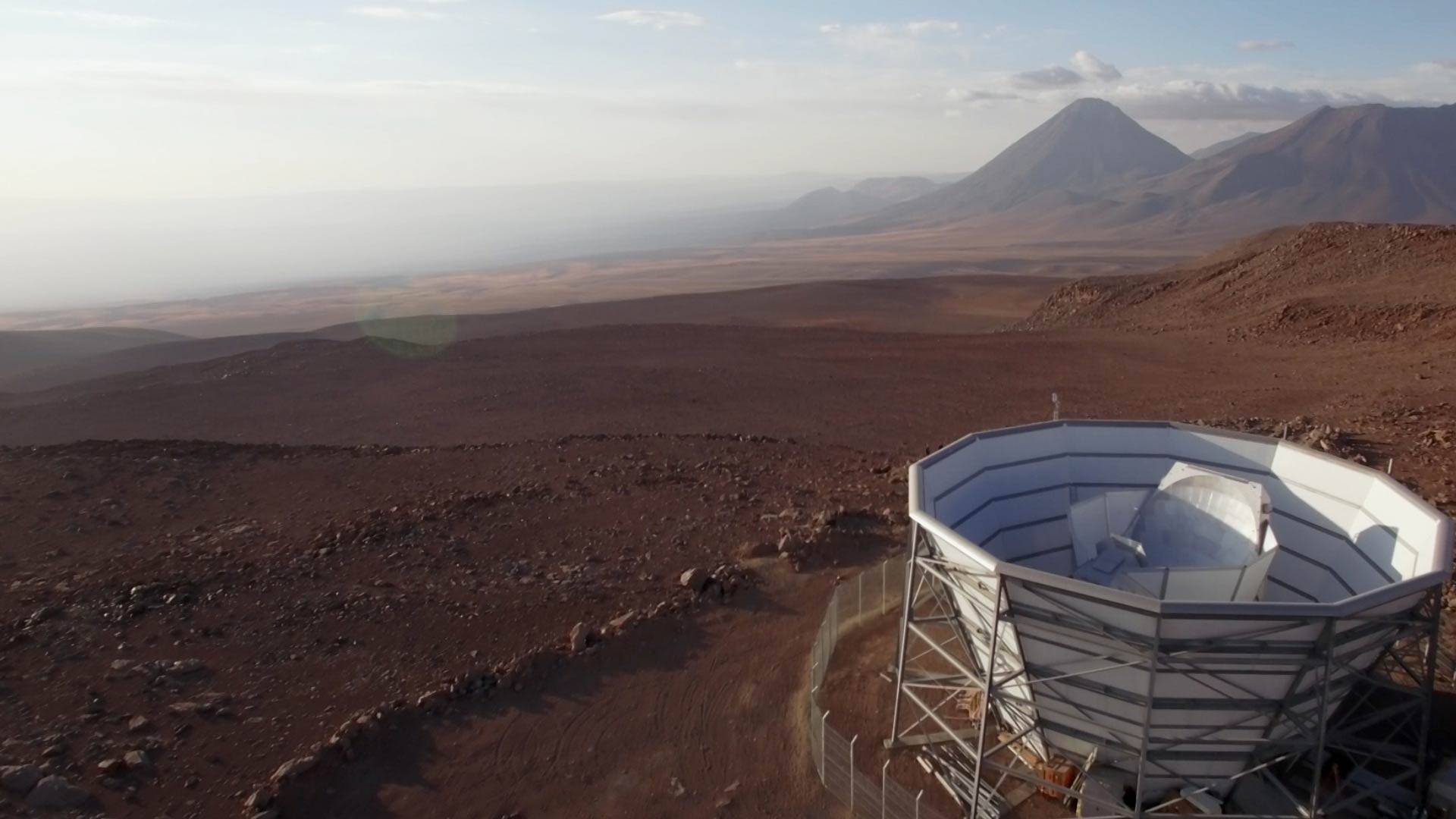
ACT
Debra Kellner
| \(f_{\rm sky}\) (effective) |
resolution (arcmin) | sensitivity (\(\mu\)K-arcmin) |
|
|---|---|---|---|
| Planck | 0.67 | 5.0 | 27 |
| ACT | 0.23 | 1.0 | 12 |
| SPT | 0.035 | 1.0 | 1.9 |
| B/K | 0.014 | 21 | 3 |
*crude summary of CMB experiments
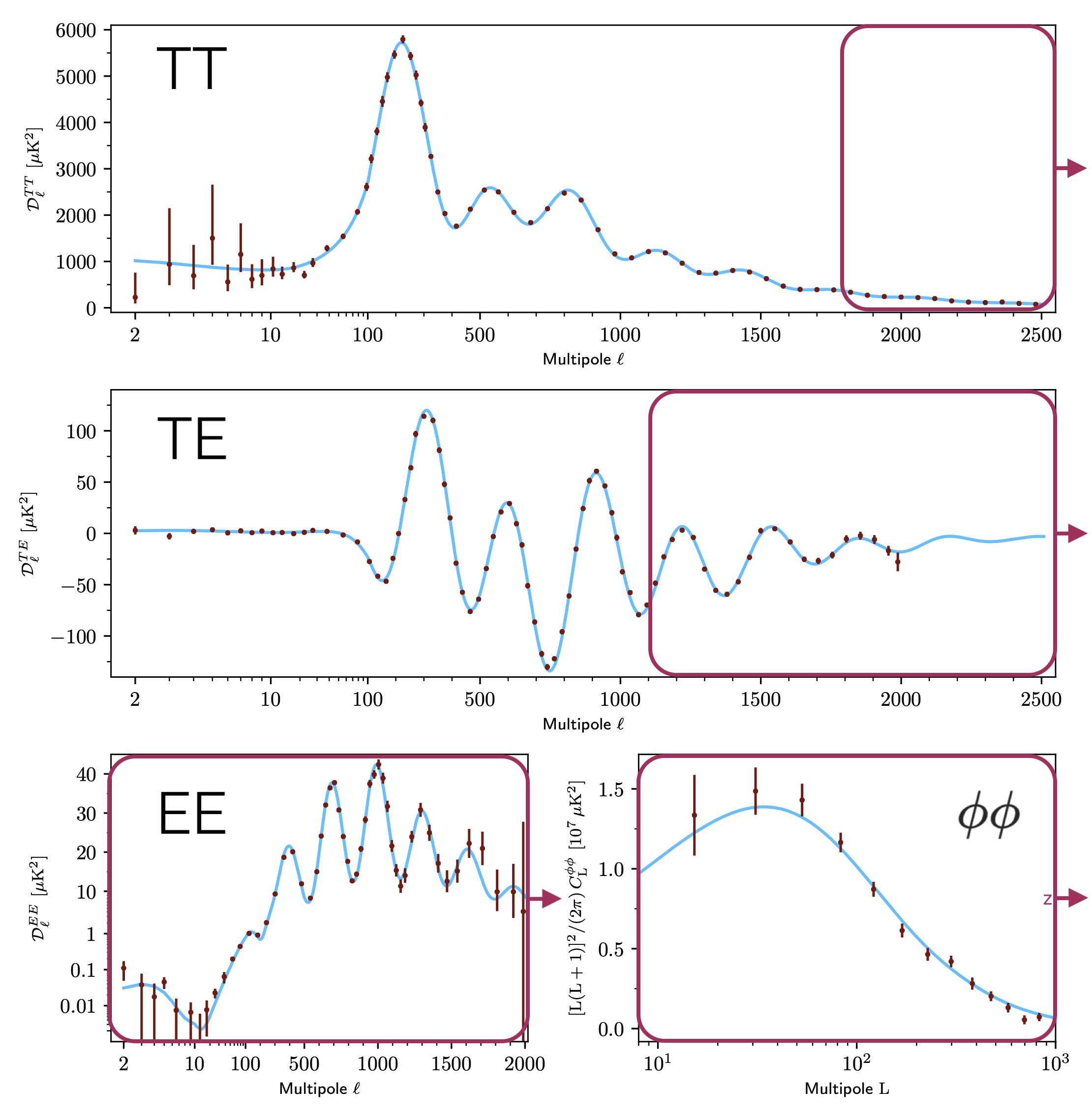
The South Pole
Telescope
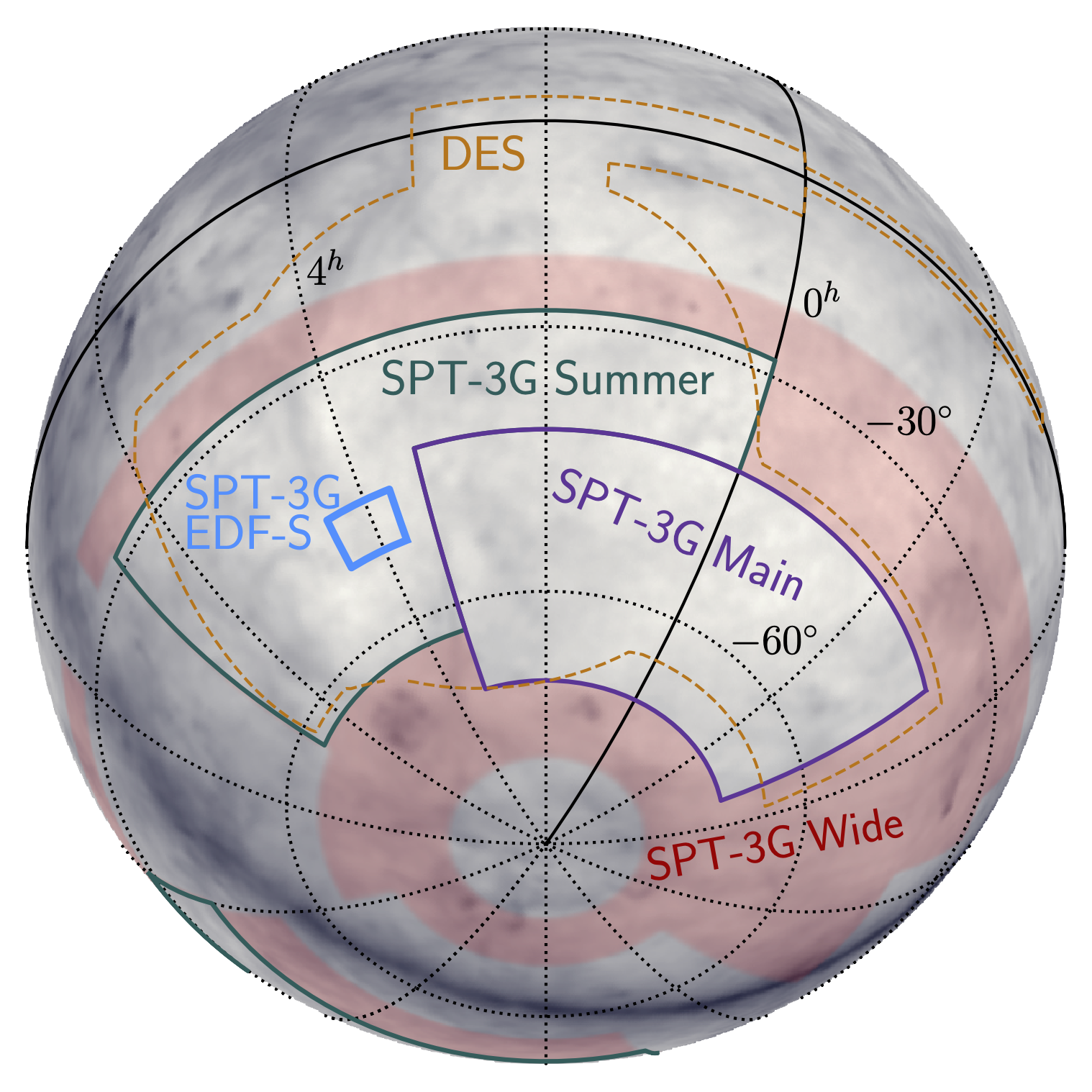
3 bands: 95, 150, 220 GHz
resolution: 1.6, 1.2, 1.0 arcmin
SPT-SZ (2007) SPTpol (2012) SPT-3G (2017)
~1000 detectors ~1500 detectors ~16,000 detectors
Photo Credit: Aman Chokshi
2019+2020 Analyses
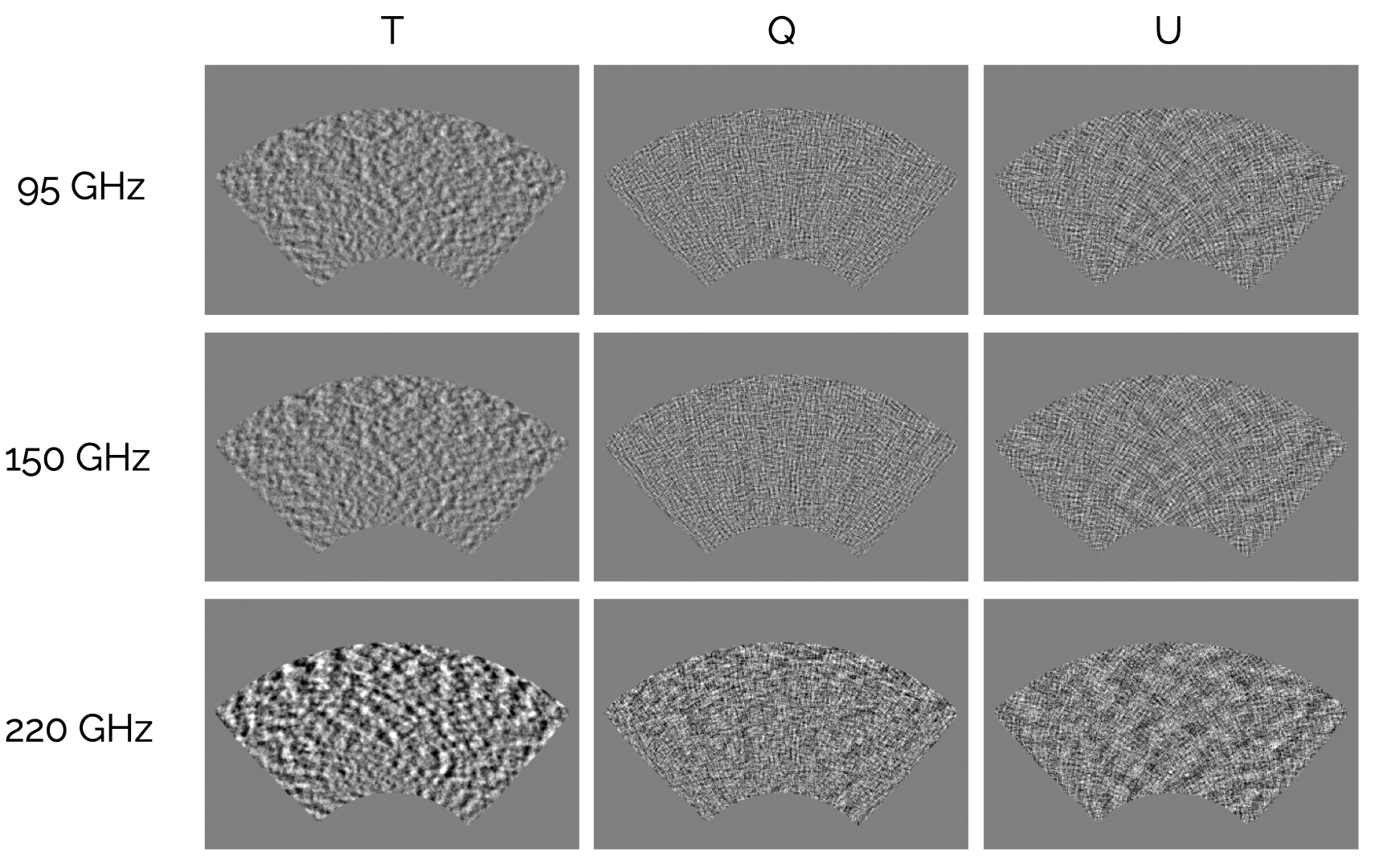
Maps used by three
independent pipelines:
Traditional TT/TE/EE power spectrum
Traditional quadratic estimator (QE) lensing
MUSE: Bayesian joint inference of cosmology, systematics, and pixels
MUSE
(Marginal Unbiased Score Expansion)
Accepted as of last week! arxiv:2411.06000
Marginalize over CMB \(f\) and lensing \(\phi\)
maps/pixels to determine parameters \(\theta\):
\[ \mathcal{P}(\theta \mid d)=\int \mathrm{d} f \mathrm{~d} \phi \, \mathcal{P}(f, \phi, \theta \mid d) \]
Algorithm similar to simulation-based inference (SBI) with semi-analytic compression statistic.


Fei Ge Marius Millea
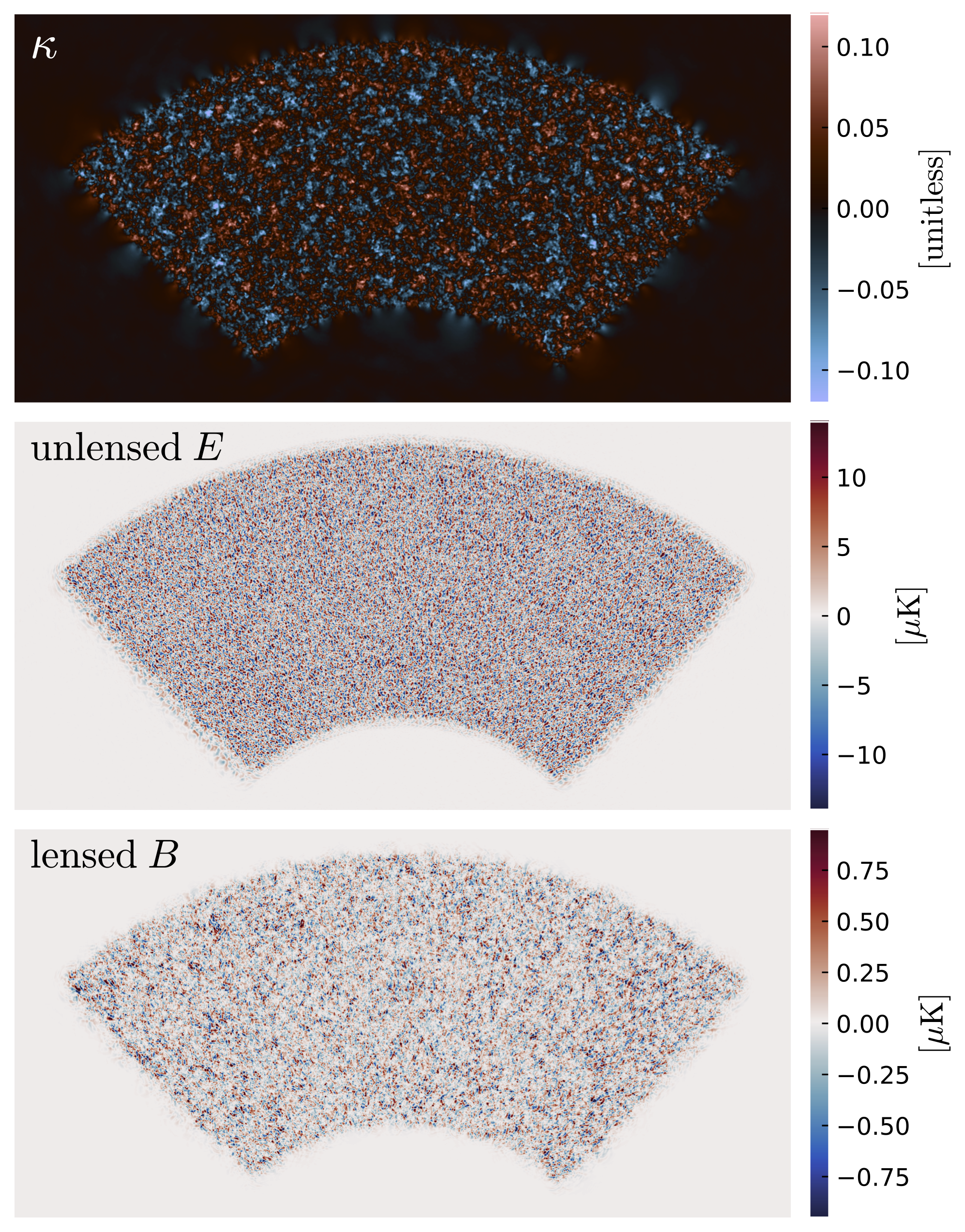
MUSE Results: Bandpowers
EE & \(\phi\phi\) bandpowers in agreement
with \(\Lambda\)CDM and Planck.
Blinded analysis
with post-unblinding beam change:
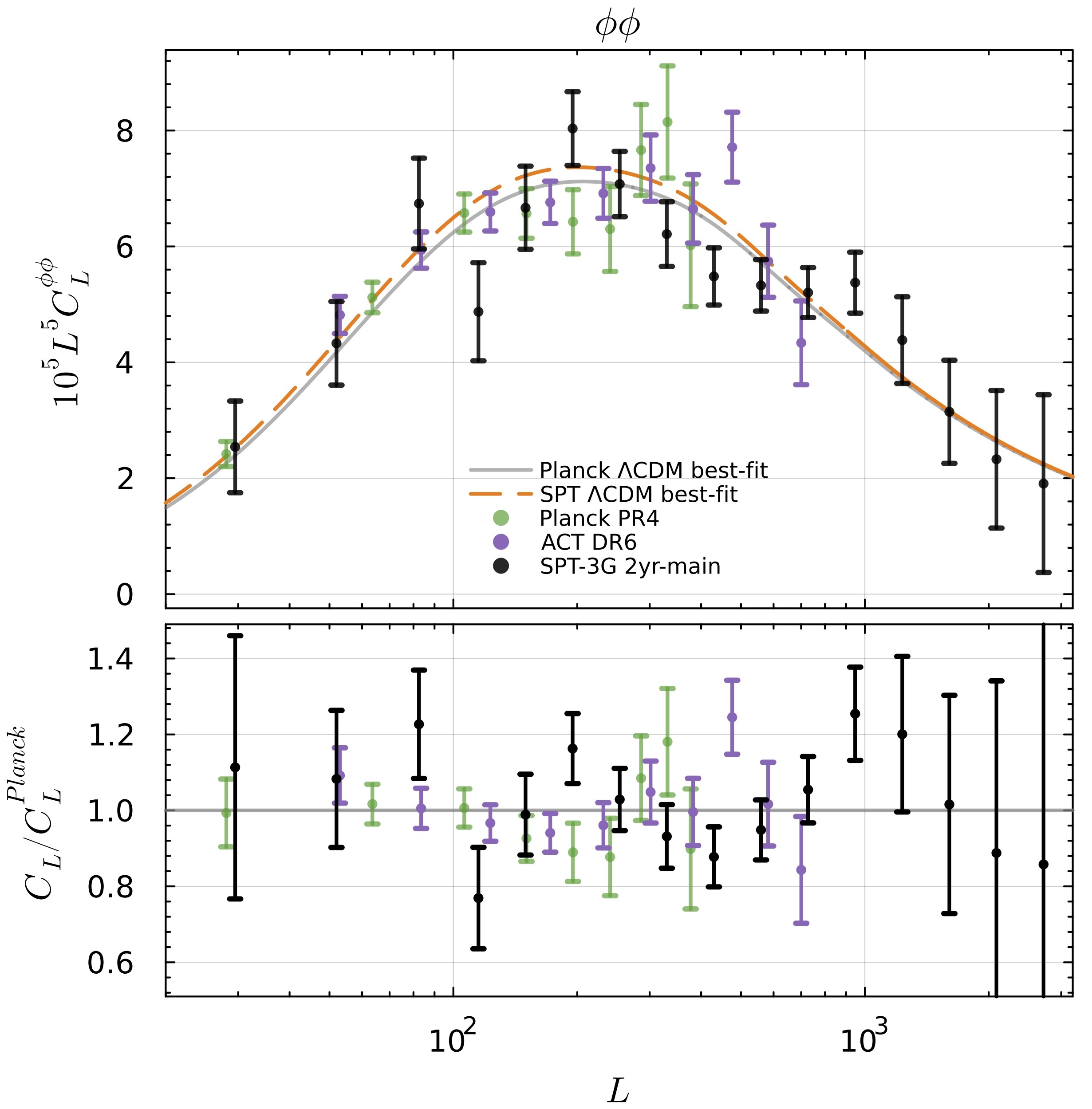
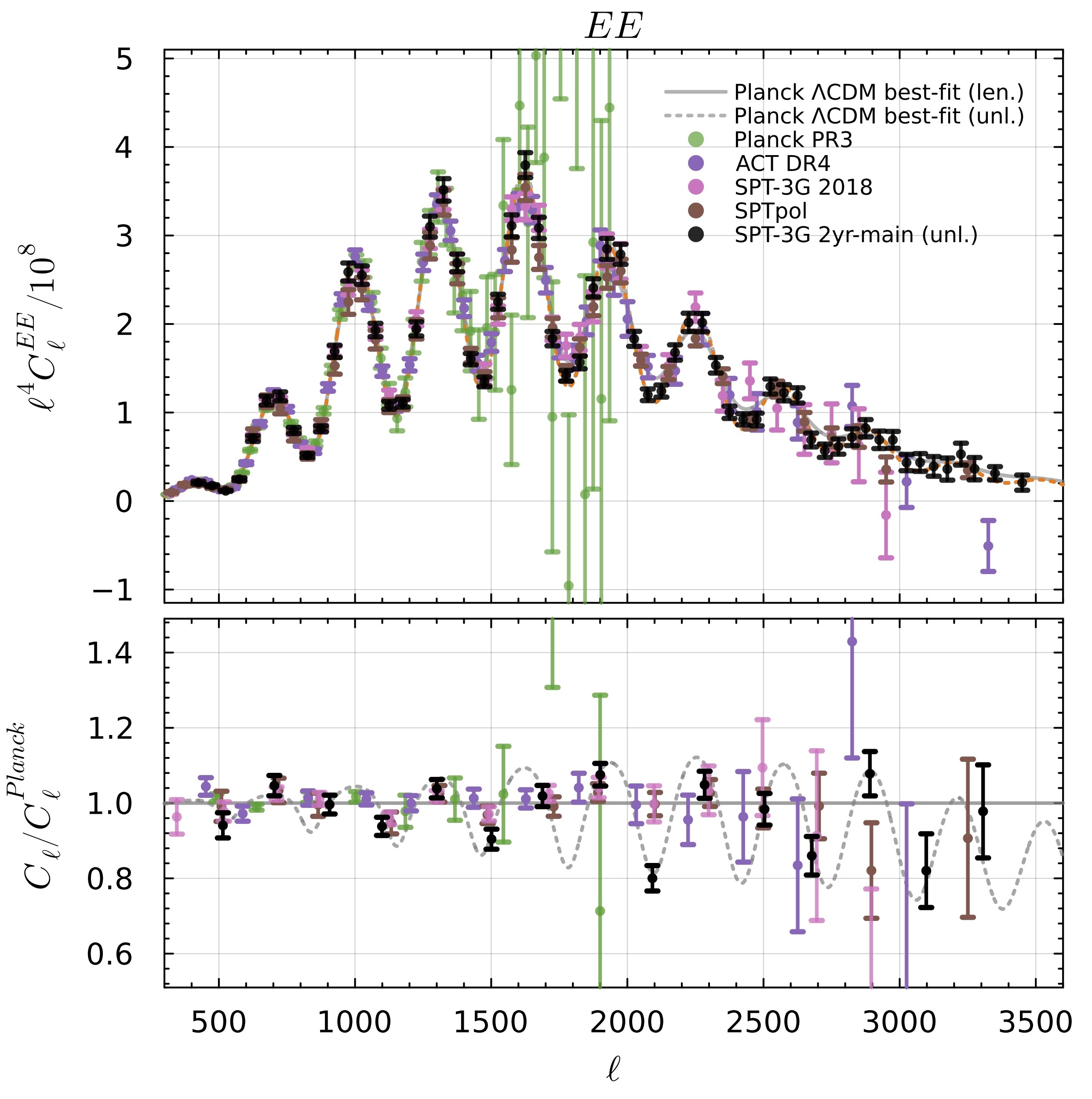

MUSE Results: \(H_0\)
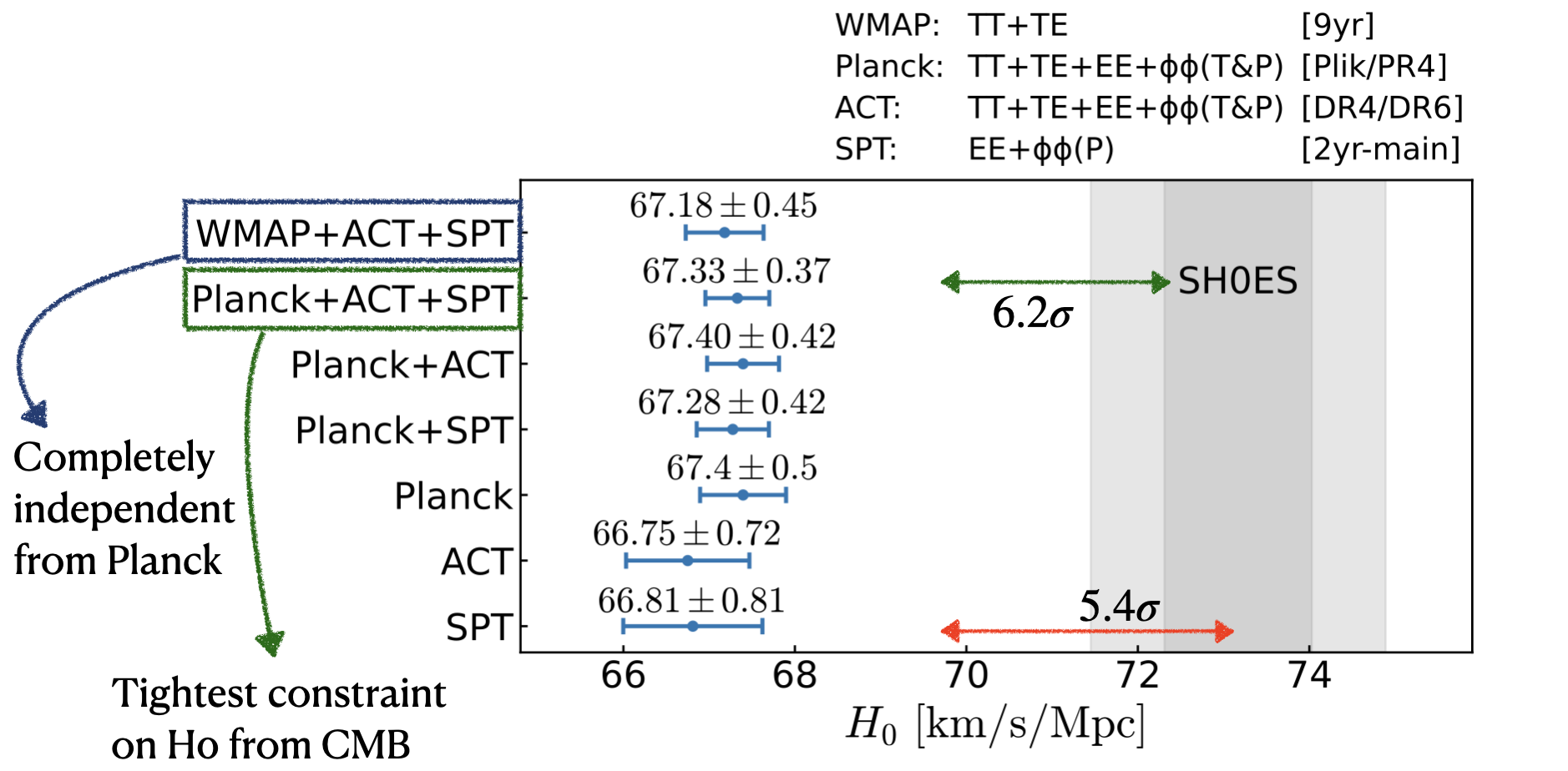
MUSE Results: \(S_8\)
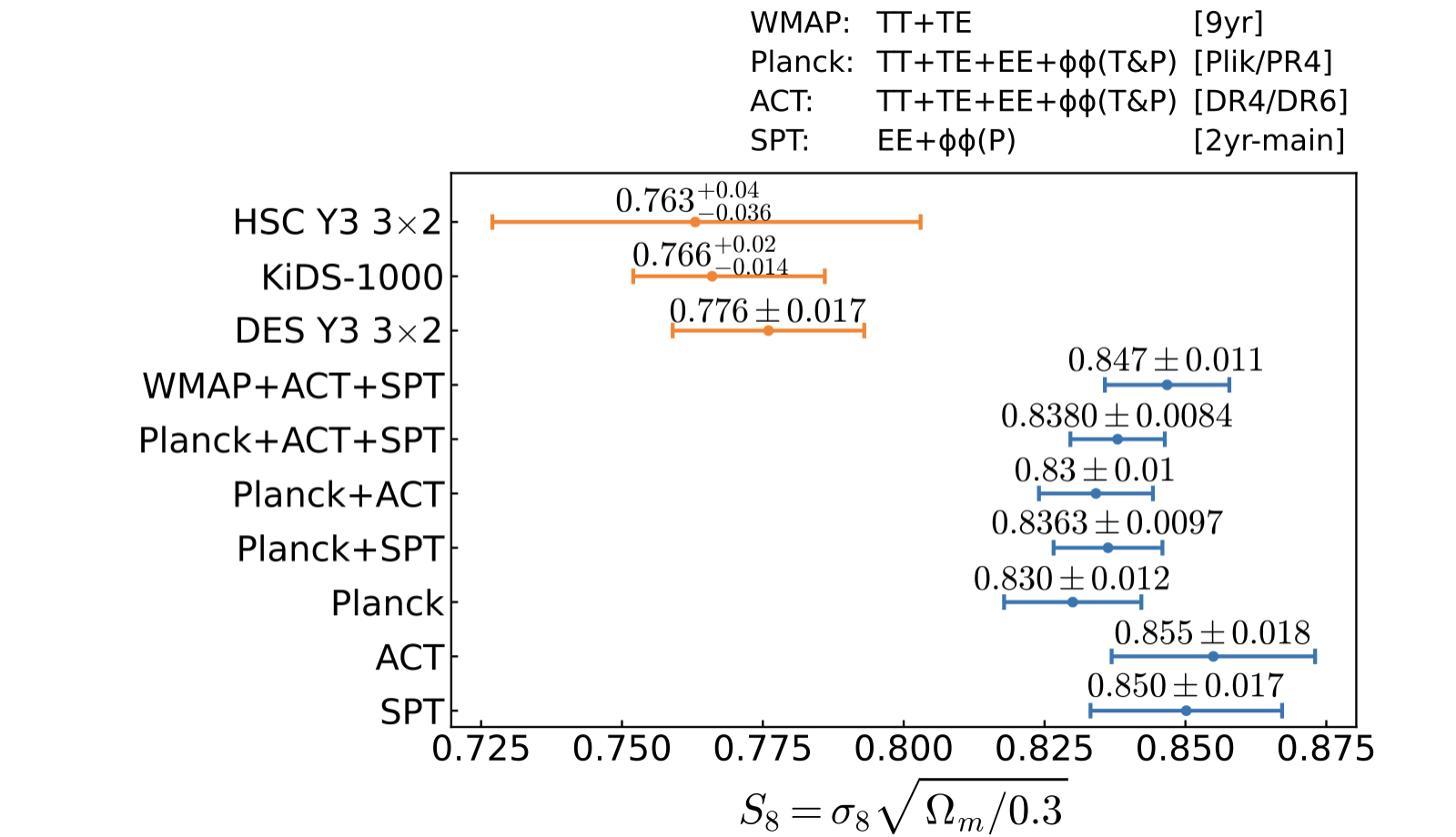
MUSE Insights on Structure Growth
\(A_{\rm mod}\) to scale the non-linear
matter power spectrum:
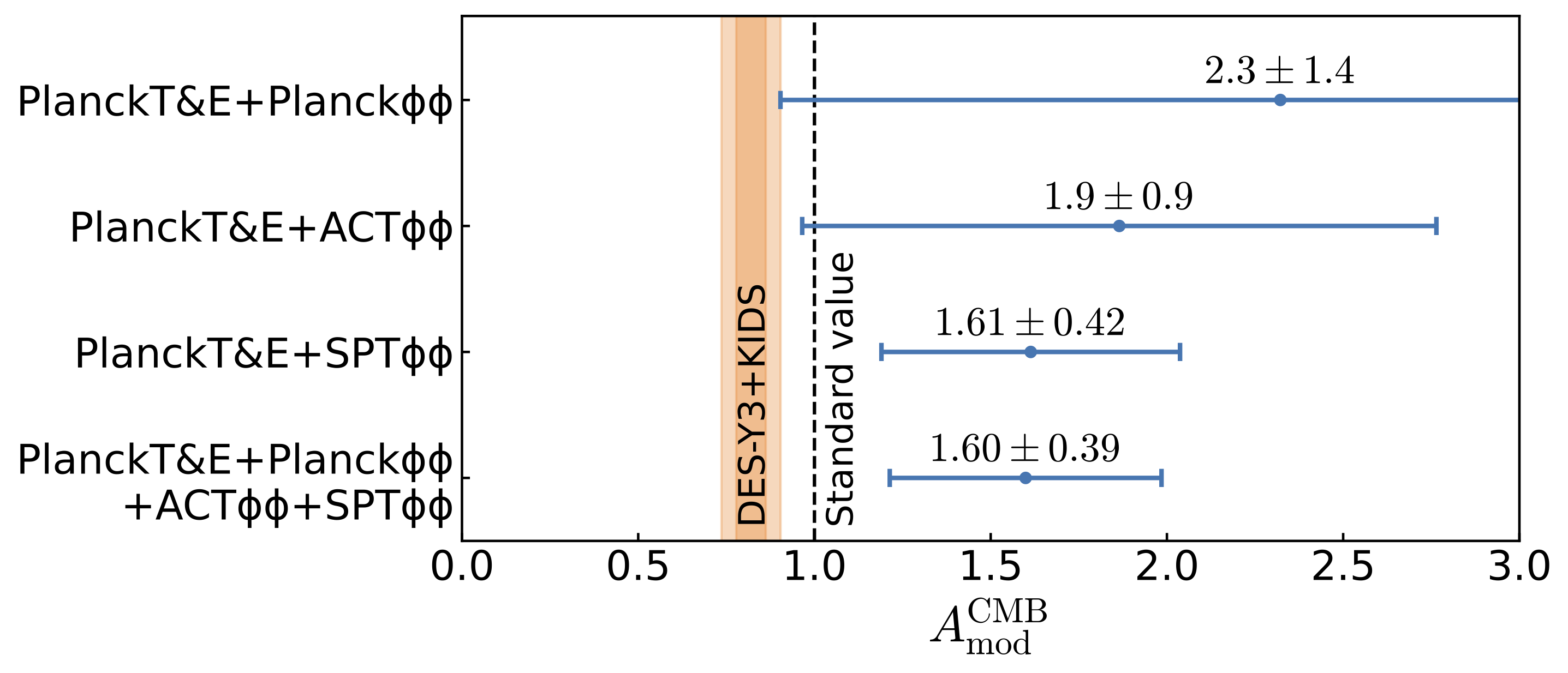
Planck T&E + SPT\(\phi\phi\) gives first \(3\sigma\) detection of non-linear structure
with CMB lensing!
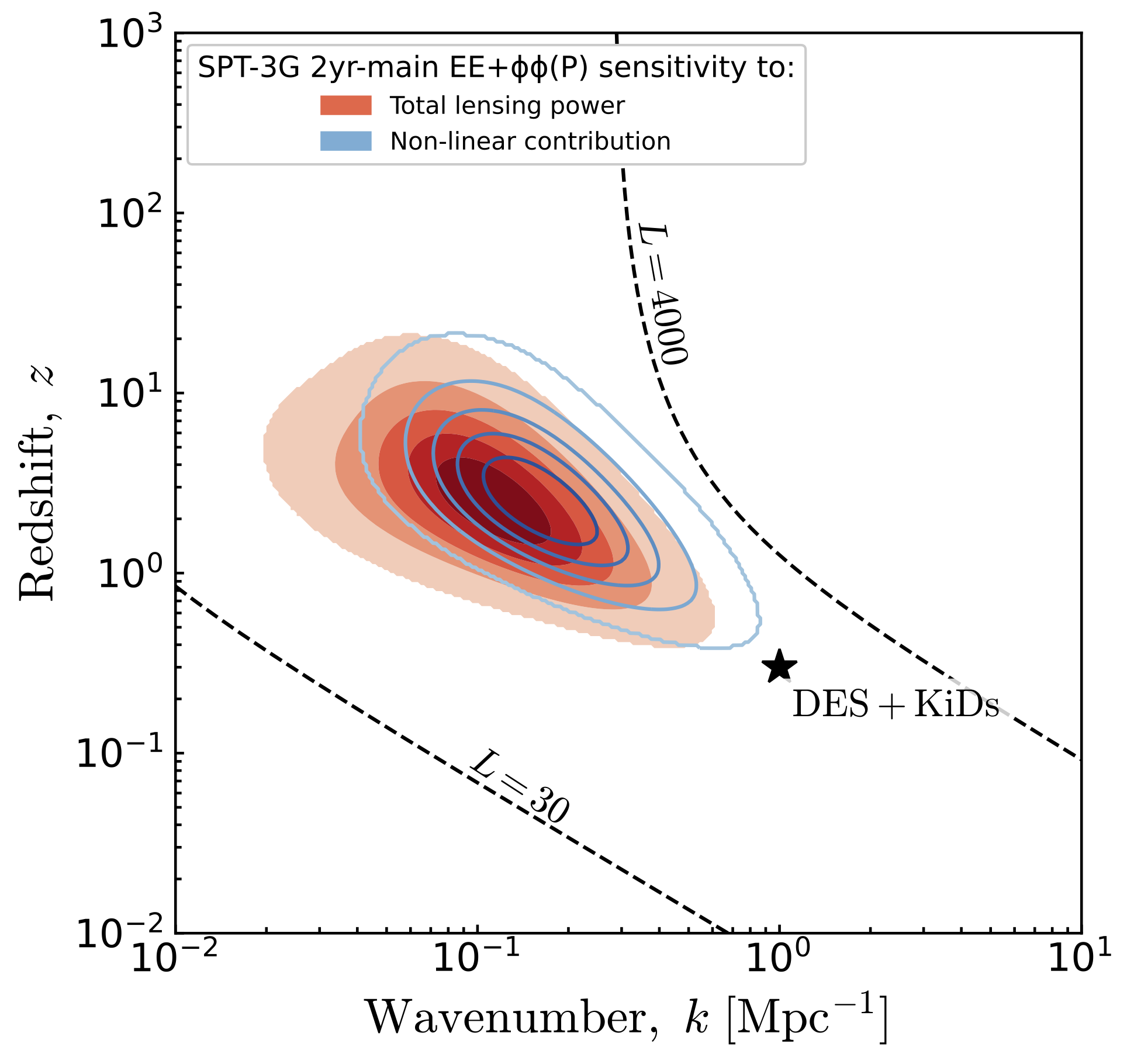
MUSE Insights on Neutrino Mass
Decreasing neutrino mass enhances structure (measured by \(\phi \phi\)).
CMB prefers more lensing power than predicted by \(\Lambda\)CDM given BAO.
\(\implies\) low \(\sum m_{\nu}\) when allowed to vary.
\(A_{\rm recon}\): scales lensing power used to predict lensed CMB power spectra
\(A_{\rm 2pt}\): scales lensing power used to predict lensed CMB power spectra
\(A_{\rm lens}\): if \(A_{\rm recon} = A_{\rm 2pt}\)
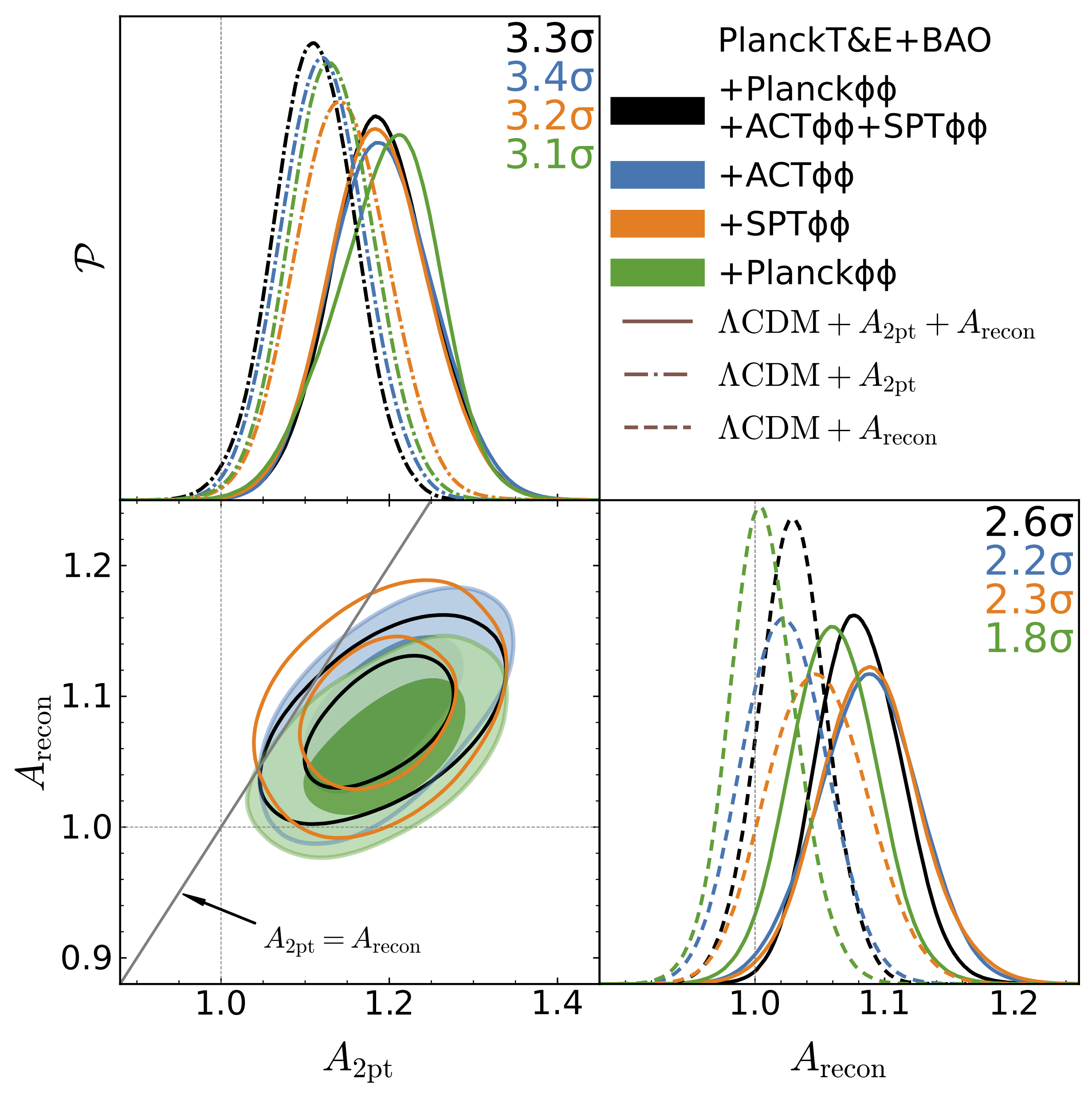
Upcoming 19+20 Results: TT/TE/EE
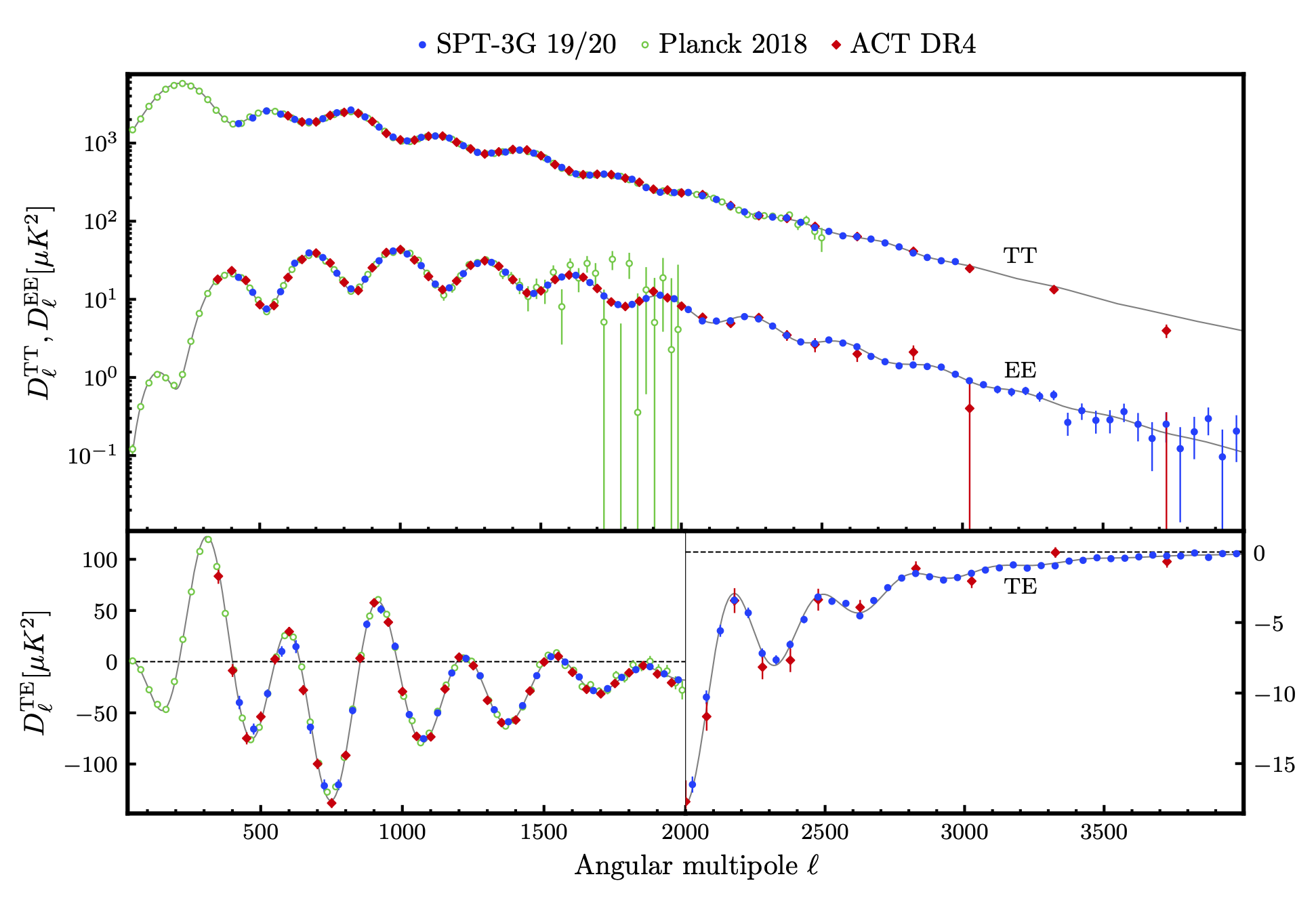


Upcoming Results: EE/TE/EE/\(\phi\phi\)
Targeting publication this summer.
As a taste, mock SPT-3G TT/EE/TE + polarization-only lensing compared to MUSE and Planck.
Joint constraints on \(\Lambda\)CDM parameters will be comparable to Planck!
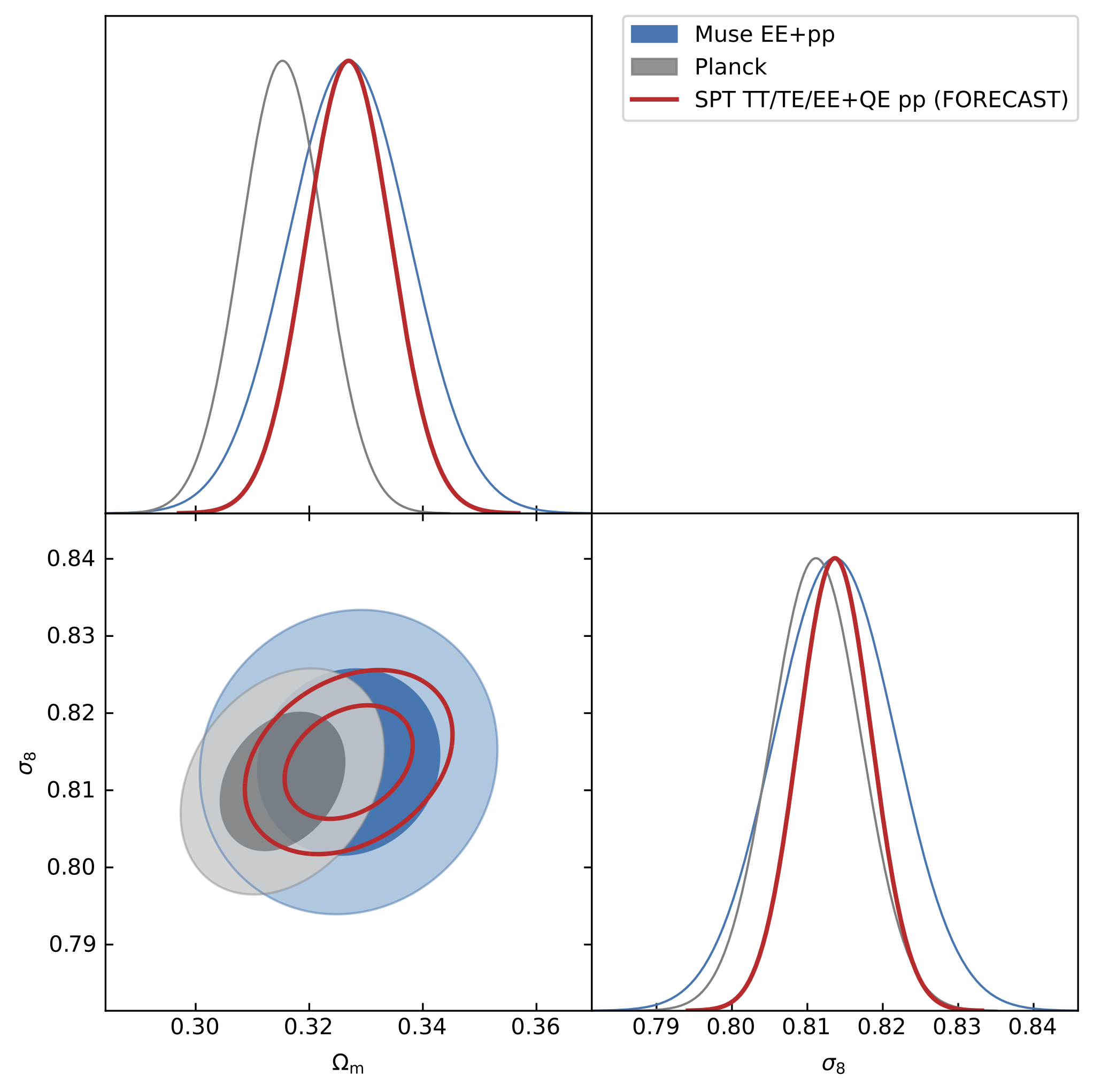
Upcoming Results: 19+20 QE Lensing
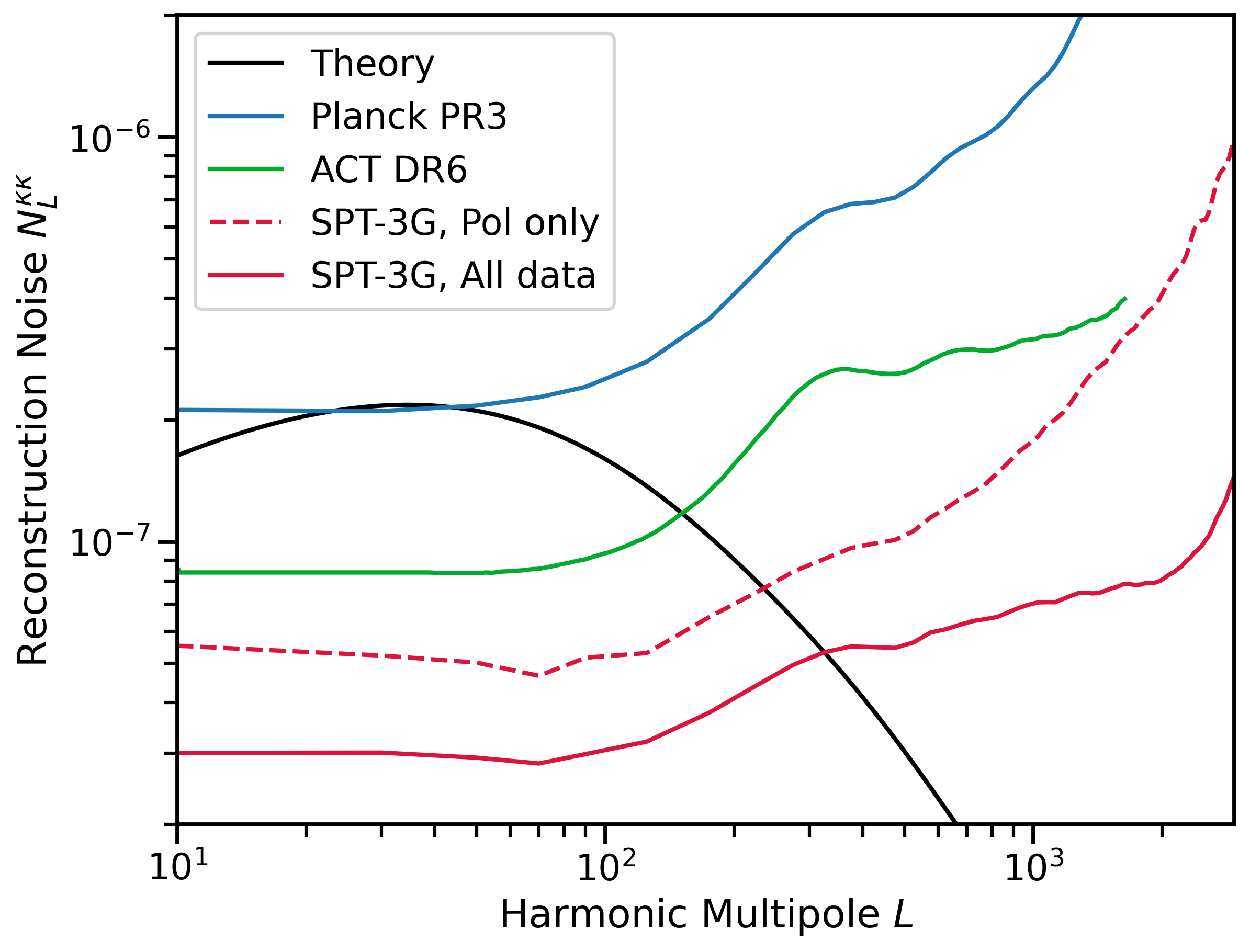

Myself


Upcoming Results: 19+20 QE Lensing
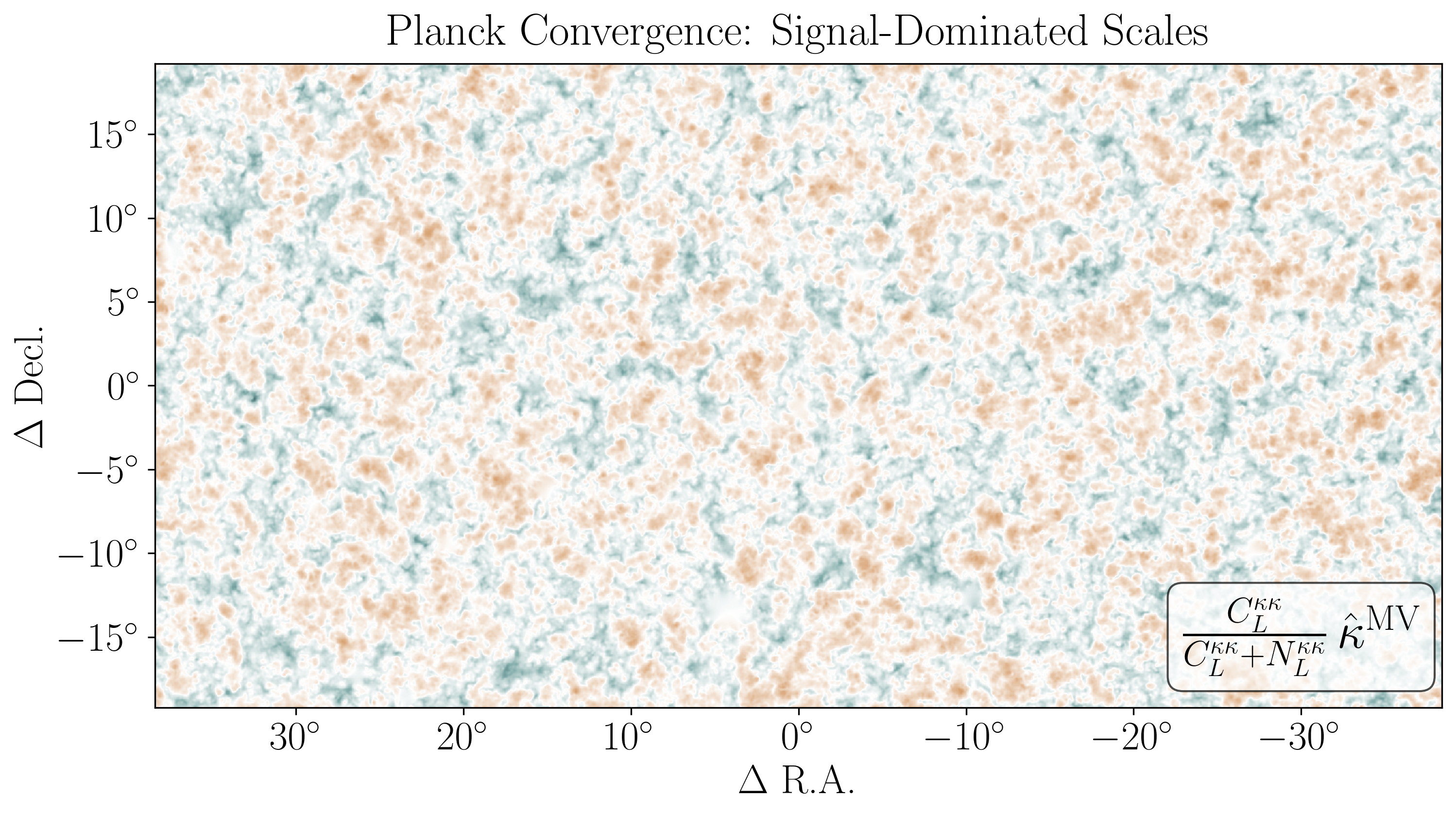
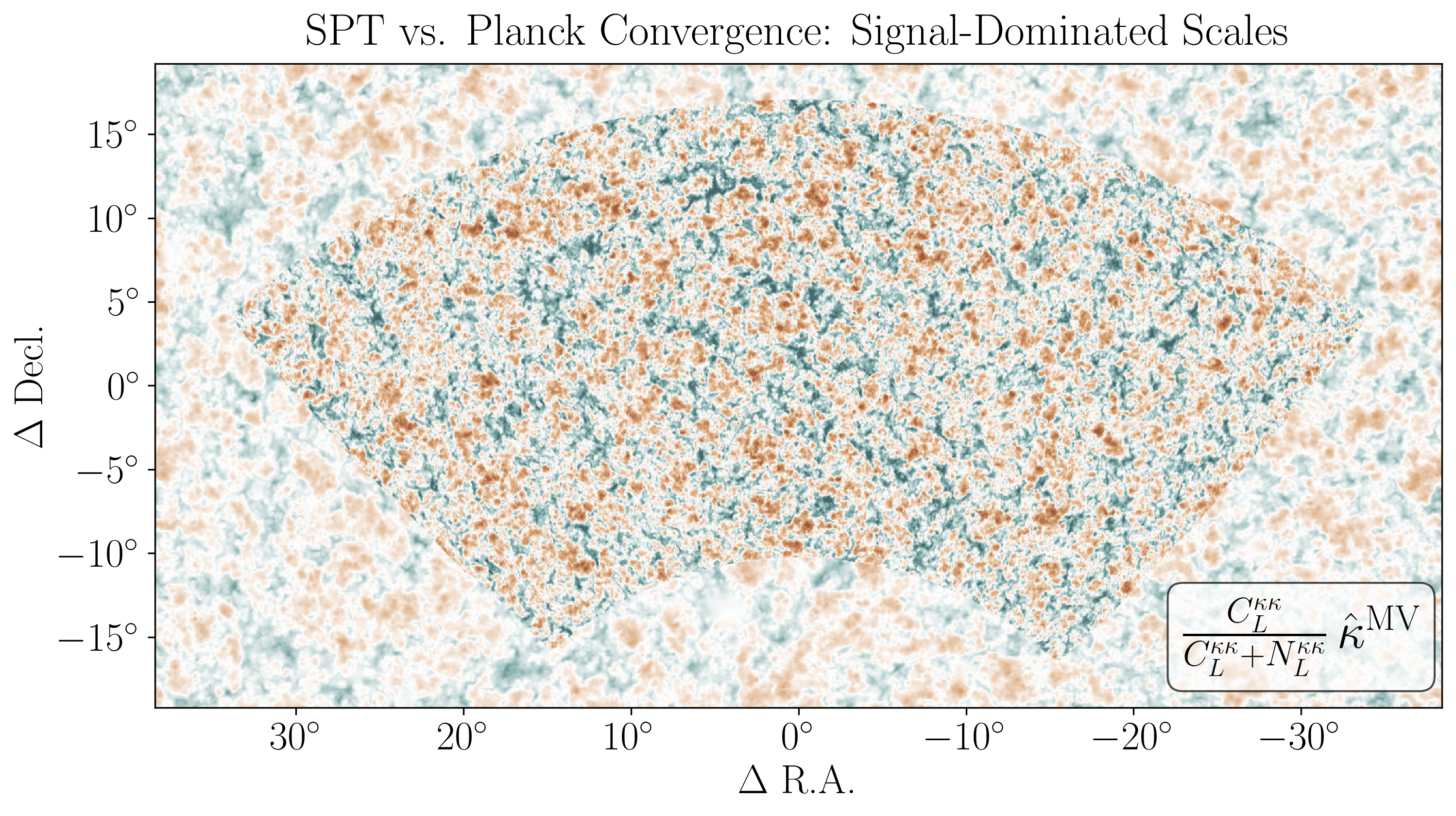
Upcoming Results: 19+20 QE Lensing
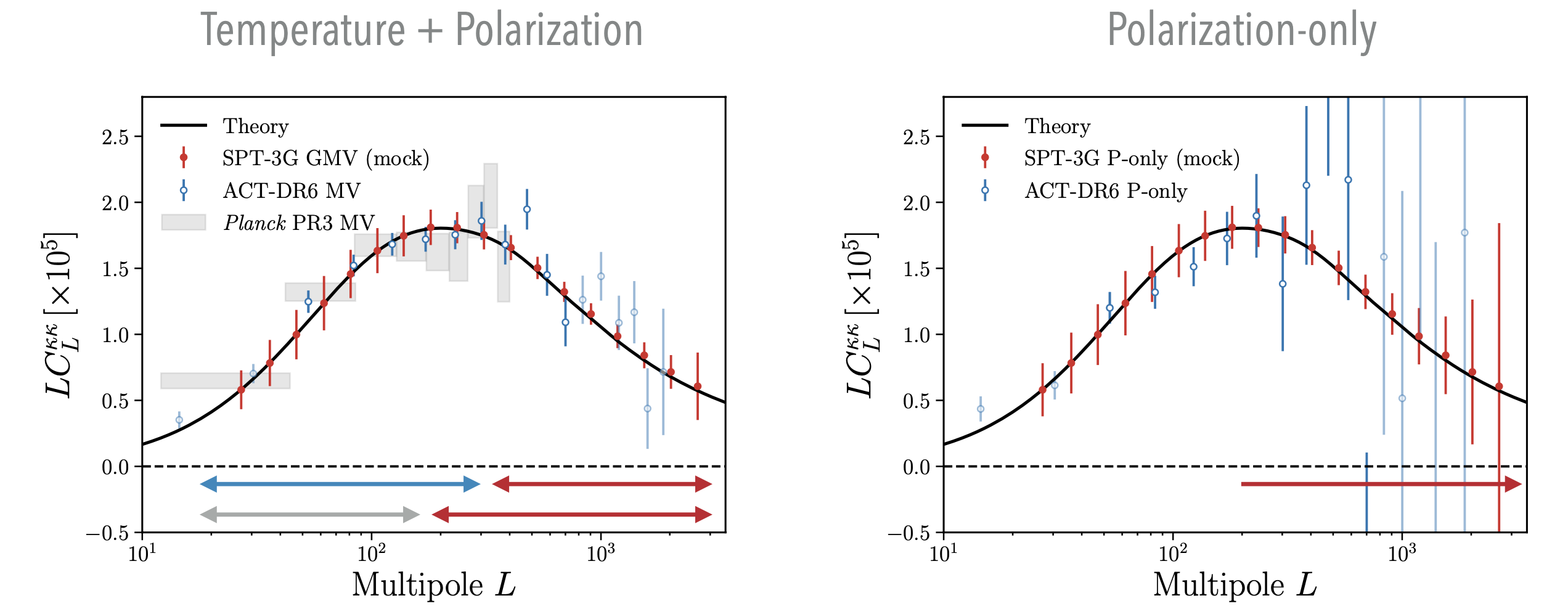
Federico Bianchini
1.3% measurement of \(\sigma_8\) from SPT-3G lensing + DESI BAO alone!
Upcoming Results: Cross-correlations
SPT-3G lensing: large scales, high \(z\)
(mostly linear)
Cosmic shear: smaller scales, low \(z\)
(mostly non-linear)
Cross-correlation bridges the gap
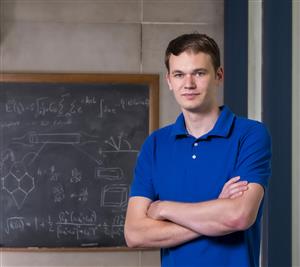
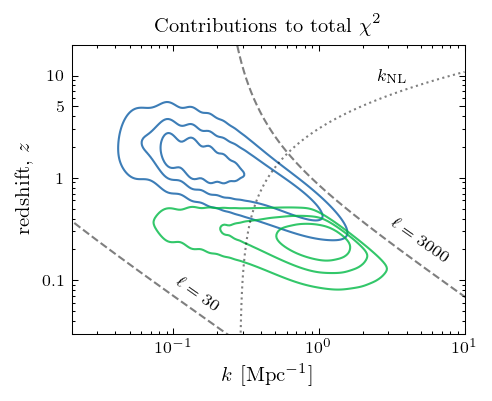
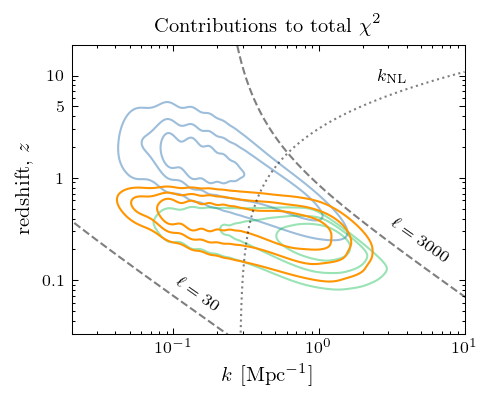
SPT-3G lensing
DES Y3 bin 4
SPT-3G and Euclid
SPT has observed Euclid Deep Field South (EDFS) and is planning a release of:
temperature maps and general products
emissive source catalogs
cluster catalogs
~alongside the Euclid Q1 release.

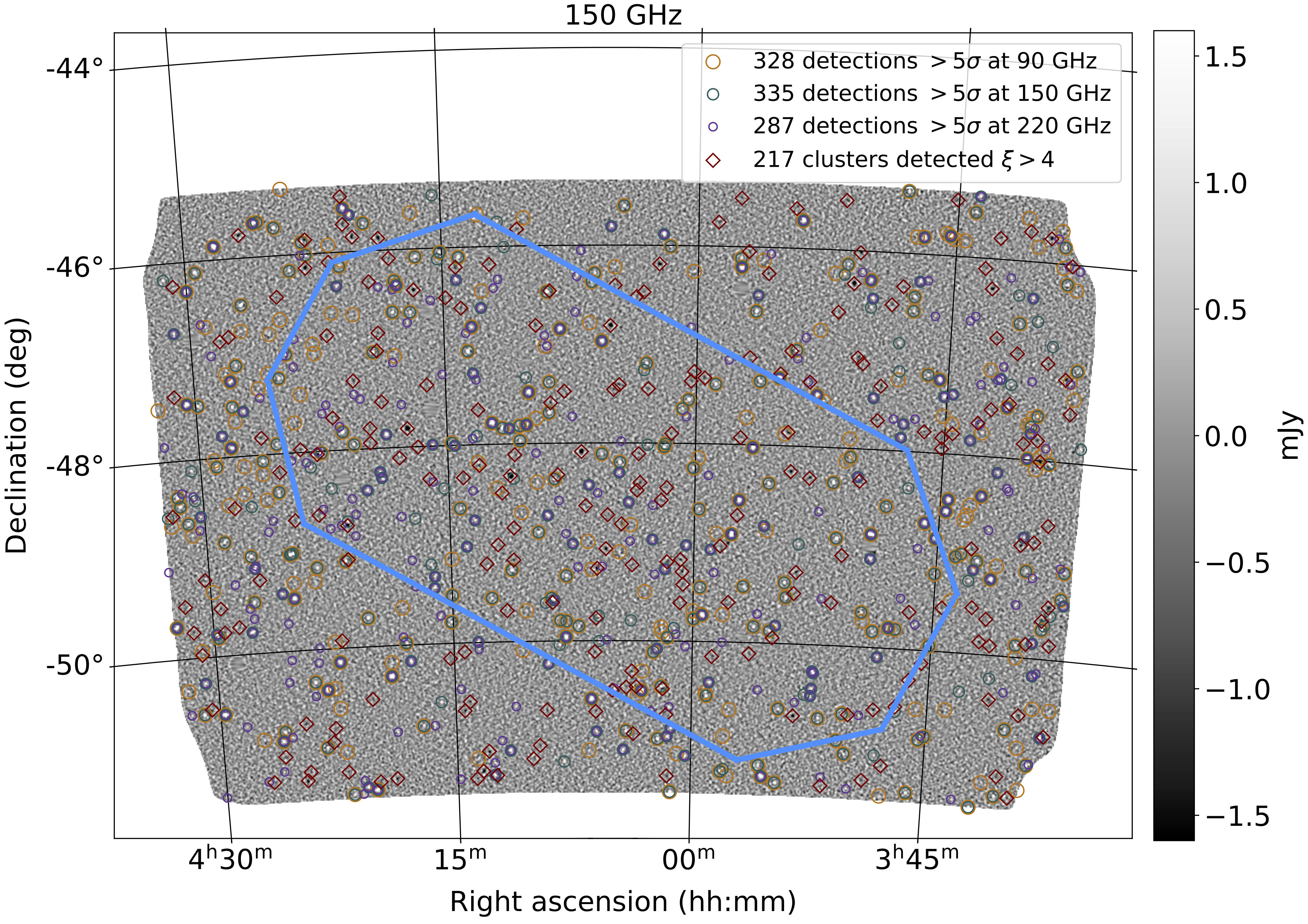
SPT-3G and Euclid
I am working on lensing maps to be cross-correlated with Euclid Q1 data:
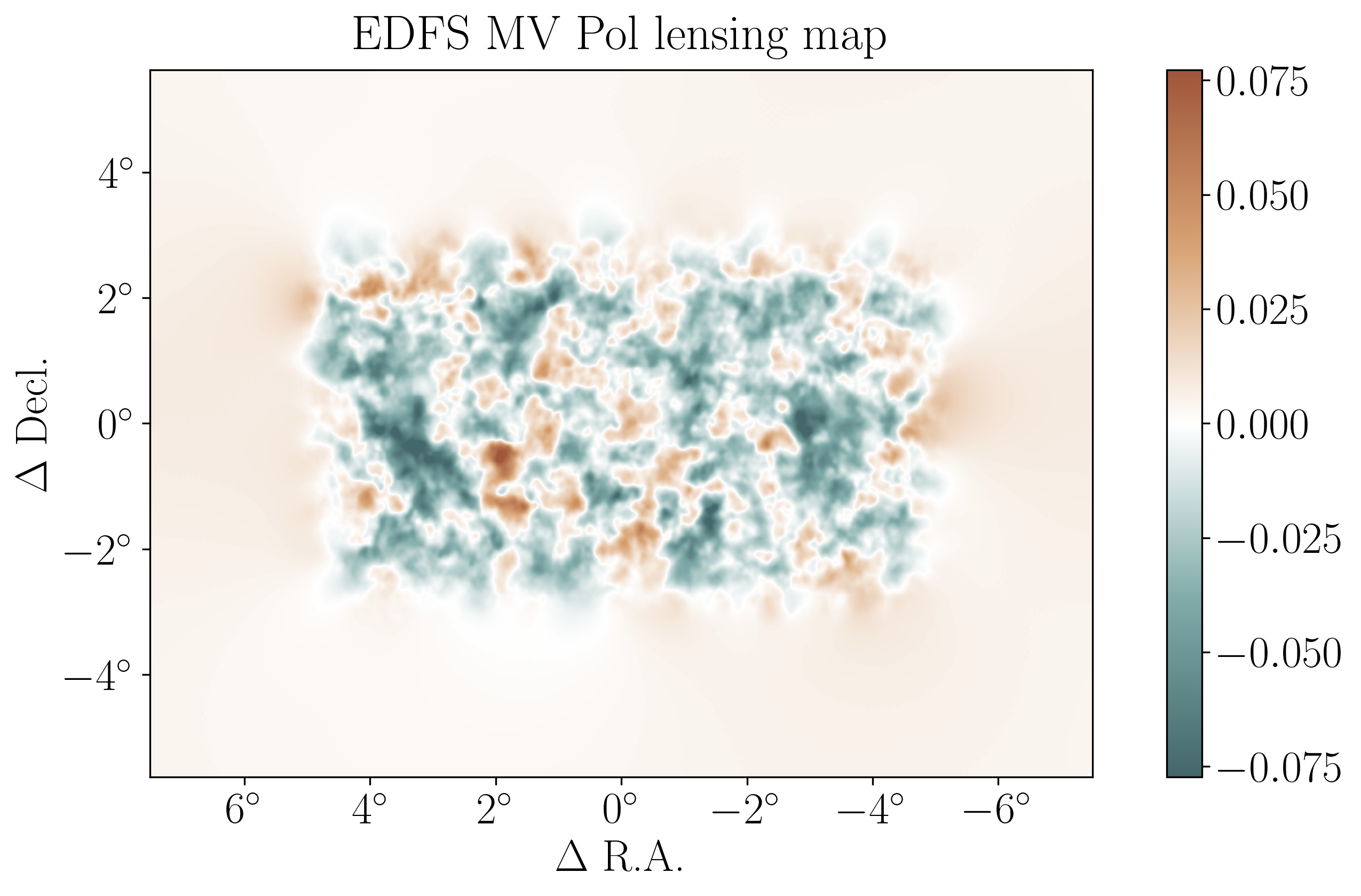
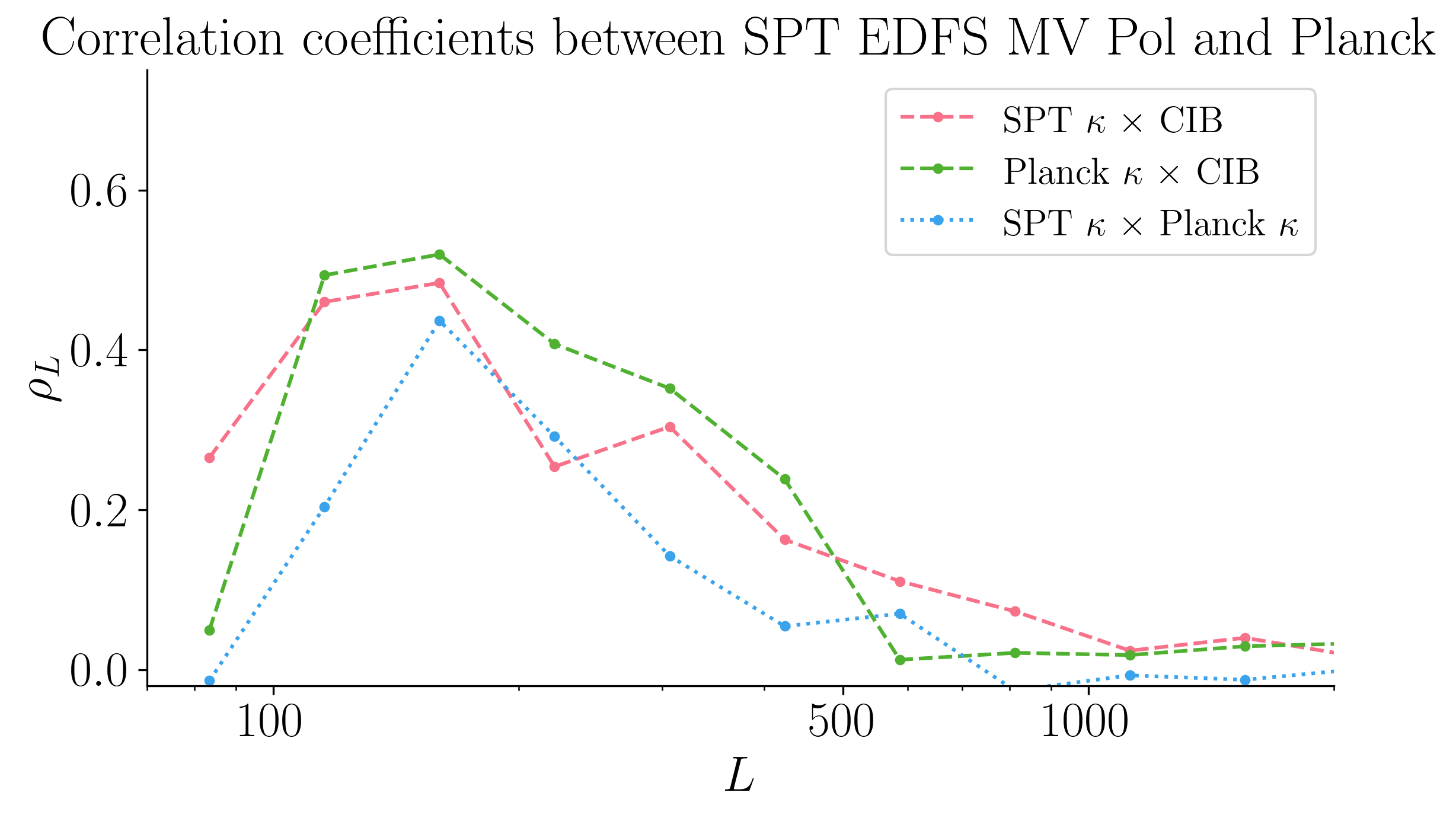
Will be useful pathfinding for Euclid DR1+ cross CMB analyses.
Summary & Looking Forward
The CMB still has a lot to tell us about the Universe:
- small scales, polarization, lensing
SPT-3G Main 2019+2020:
MUSE polarization-only results are consistent with Planck \(\Lambda\)CDM
- sharpens questions on neutrino mass/lensing amplitude/structure growth
coming temperature+polarization constraints will be comparable to Planck!
- ACT DR6 results next Tuesday! (March 18th 4 pm CET)
Thank You!
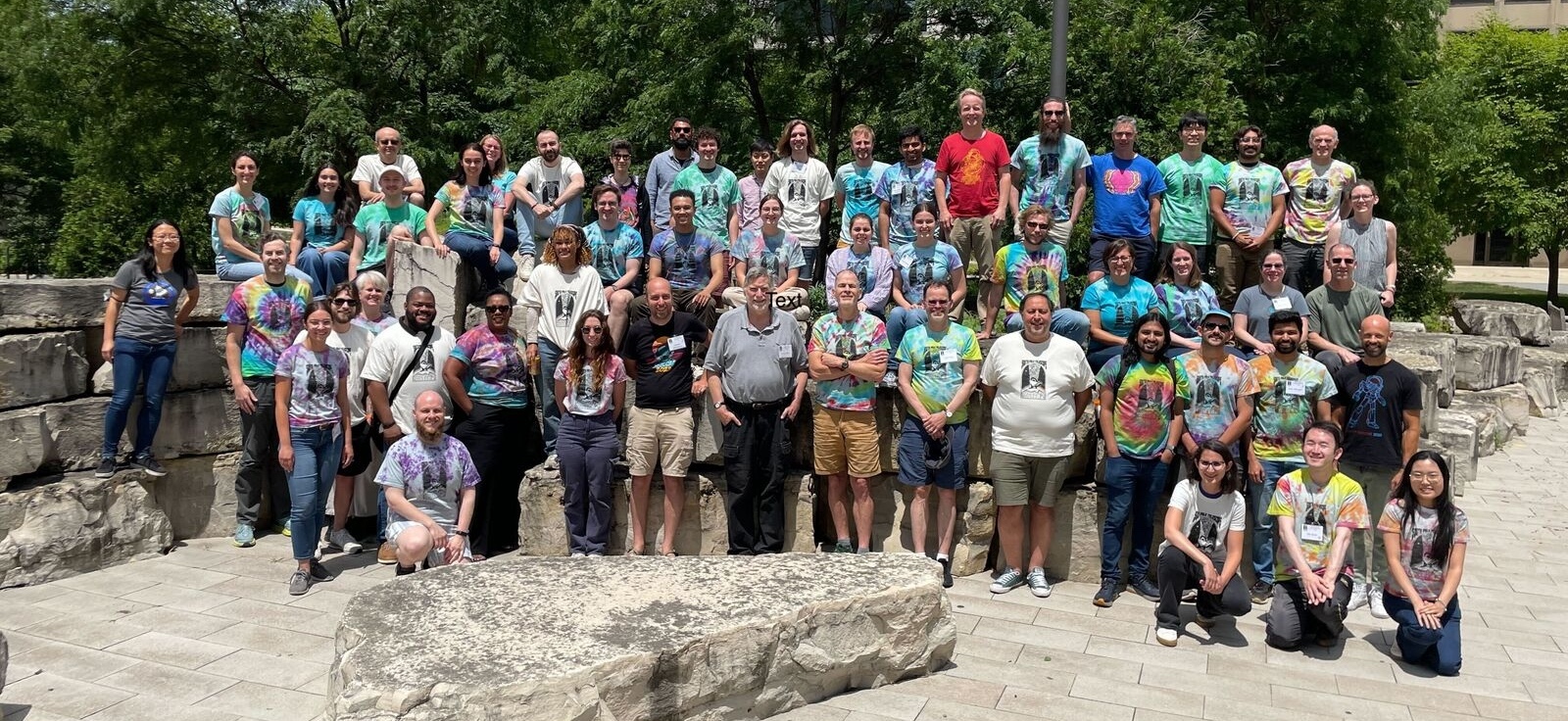
Cail Daley | DAp Postdoc Seminar | March 11, 2025
